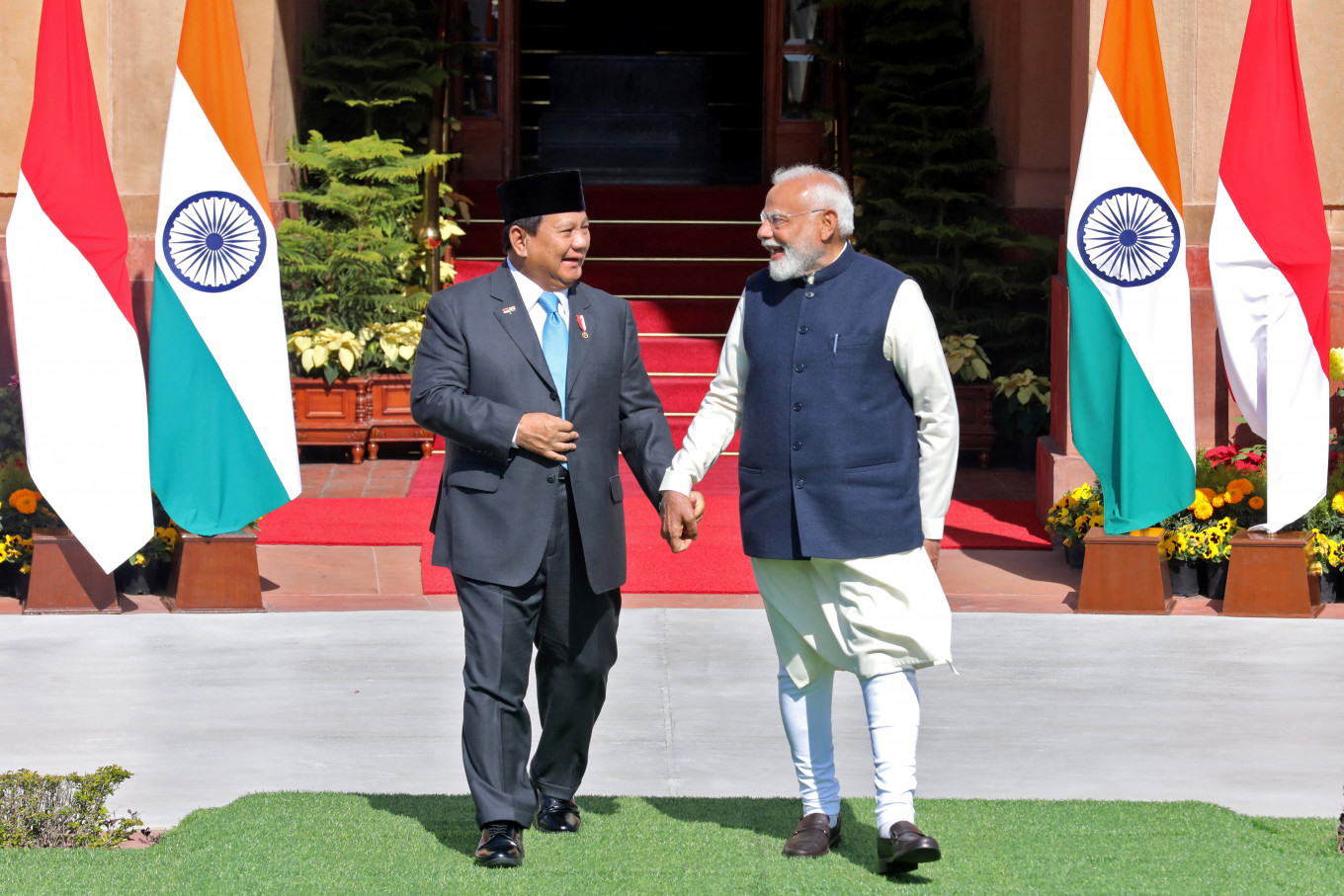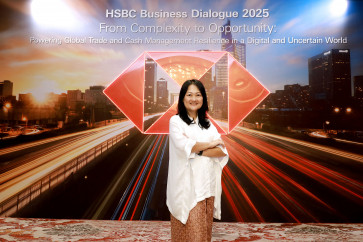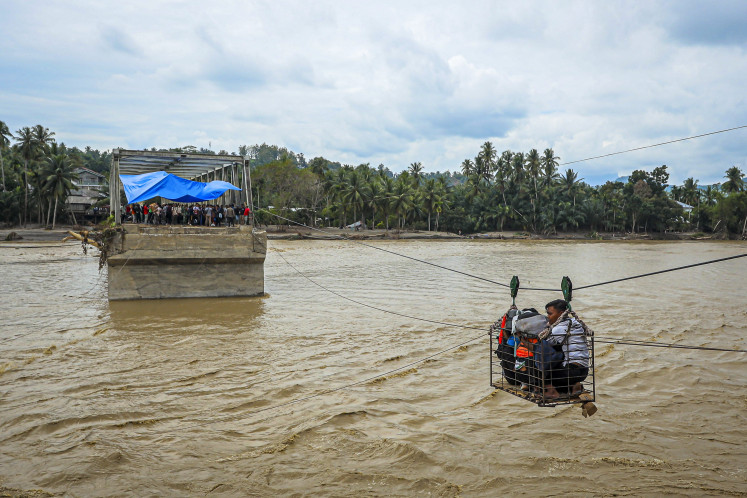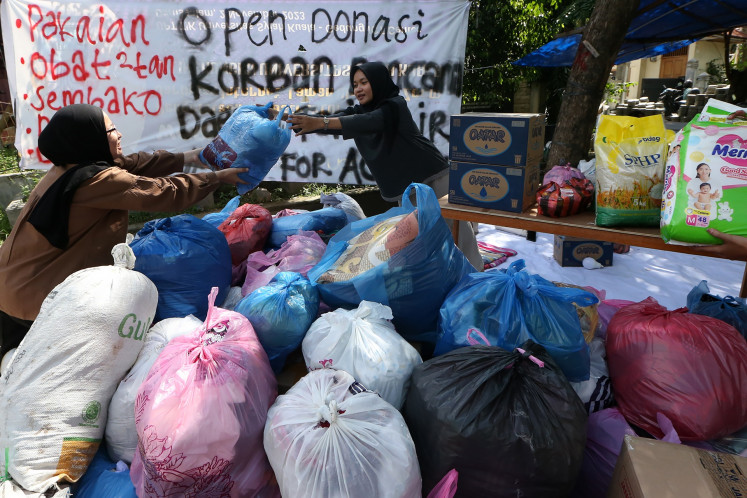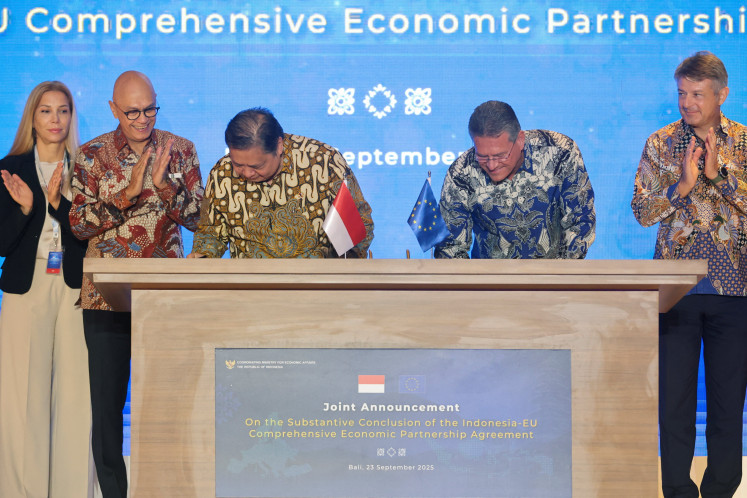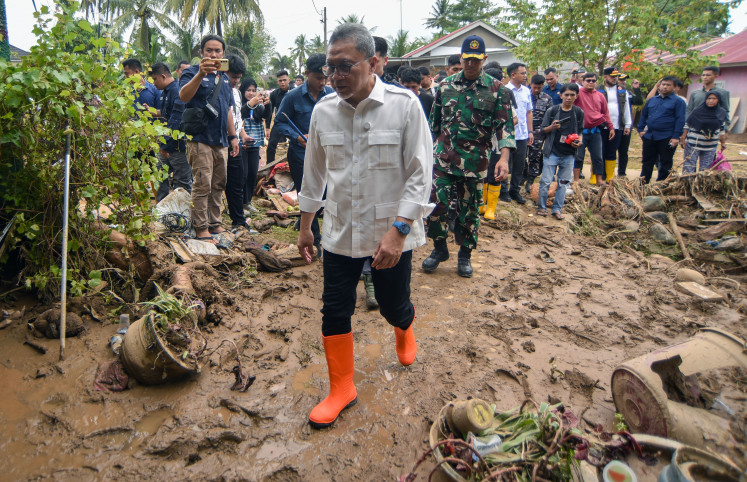Popular Reads
Top Results
Can't find what you're looking for?
View all search resultsPopular Reads
Top Results
Can't find what you're looking for?
View all search resultsThe unbreakable Indonesia-India bond
With their shared history and values, collaboration in higher education and research is the next pivotal step in strengthening the long-established bridge between the two countries.
Change text size
Gift Premium Articles
to Anyone
I
ndia and Indonesia are separated by the Indian Ocean but bound by history, culture, trade and shared values. The aspirations of their peoples and a shared legacy of systematic empowerment is a role model.
Their relationship has been defined not merely by transactions of goods or treaties, but by shared values of diversity, tolerance and friendship. An additional strength must be added to its current dimension: the pivotal bridge of higher education and research.
This is particularly important in this era of shifting alliances and technological transformation for India and Indonesia, both “low middle-income” countries that are also emerging middle powers.
The bilateral trajectories run in parallel. Both peoples have a similar life expectancy and average age, 29 for India and 31 for Indonesia. Together they account for a fifth of the world’s population.
They are savvy: The Asia-Pacific is the world’s largest user of social media, with China, India and Indonesia leading. The latter two are the largest users of United States social media platforms like Facebook, WhatsApp, X and YouTube, which they utilize for pleasure and emergencies. Each has a common but differentiated responsibility to make its young, aspiring population wealthier and happier before it’s too late.
The two countries have long relied on educational structures and research models based on the West, both of which were underfunded and are obsolete today. With the colonial impact receding and a new generation brought up without that memory and with ease in technology, it is natural that the leaderships of both countries are responding by being serious about investing in cutting-edge research in areas that push the frontiers of modern science and technology.
Some steps have been taken in this direction. In 2010, Indonesia committed US$10 billion for higher education, research and scholarships through the Education Endowment Fund (LDPD), which had 35,500 awardees in 2023. India’s New Education Policy 2020 provided the National Research Foundation (Anusandhan), a $14.5 billion corpus set up in 2023 that is dedicated to research and innovation in higher education institutions.
A time-tested mechanism for cooperation is through institutional and academic partnership. Pure science and fundamental research thrive on collaboration rather than competition.
The current bilateral reality is far from what is desirable. India’s 2025 spending on higher education is $56 billion, up from $52 last year. Indonesia’s overall education budget for this year is $43 billion, up 9 percent from the year prior, with 11 percent set aside for domestic and overseas scholarships and research initiatives.
Australia, US, Japan and Germany are the most popular destinations for the approximately 63,000 Indonesian students who study abroad; India doesn’t even figure in the choice list. Only 115 Indonesian students studied in India and less than 10 Indian students went to Indonesia for higher education and research in 2022.
The economics of the two countries are obviously served by education’s increasing returns to scale. If the two nations join hands in this sector, the impact on income growth will have a multiplier effect. This will lead to more equal distribution of income and an improved socioeconomic environment in both nations.
If this is to be the Asian Century, then the two largest democracies of the continent must weave more partnerships, create more research bridges and facilitate their students to become the leaders, innovators and humanitarians of tomorrow.
India and Indonesia were the cofounders of the Asia-Africa Conference in Bandung, West Java. The dialogue then was based on the desire for the former colonies to seek development solutions that suited their environment and ethos.
Then, the two countries were economically weak and politically and socially finding their way. Now they are stronger and play a more participative role in reforming the old rules to articulate and implement a new geopolitical and economic order.
India and Indonesia must be prepared for this pivotal time together. They must rely on both public and private institutions of higher education and research to collaborate. And for this, the governments of both nations have placed some of the finest minds to lead this critical sector.
Leading multidisciplinary, multicampus, private Indian universities like BITS Pilani, known for engineering, cutting-edge research, high-tech innovation and entrepreneurship, can take the lead in initiating research projects on topics of mutual interest, hosting Indonesian students on their campuses and cocurating workshops to develop curriculum in new areas and conferences for exchange of ideas.
Indonesia’s successful poverty reduction programs serve as case studies for development economists and policymakers in the Global South. Four decades ago, 74 percent of Indonesians were living in extreme poverty. This has reduced to less than 2 percent now.
The ingenuity of India’s drug and healthcare industry made it the “pharmacy of the world”. India’s digital infrastructure, actively used for a variety of transactions by more than 1 billion people daily, is perhaps the most robust technological marvel at this scale that the world has ever seen. India is a part of an elite group of countries that have built a space research program with monumental success.
Pharma, poverty alleviation, transfer of IP-intensive technologies, space research, telecom and semiconductor engineering, quantum computing, oceanography, deep tech start-ups and maritime must all be a part of a joint research agenda between the two nations.
Coming together in higher education is a commendable start, with academic institutions, students and scholars working jointly in areas of natural common interest. The new vision for joint education and research for “IND” should be Integration, Nimbleness and Decisiveness. IND is not mere initialism: It marks the inceptive age of India-Indonesia relations.
---
Ashish Bharadwaj is founding dean of BITS Law School. Manjeet Kripalani is executive director of Gateway House: Indian Council on Global Relations. The views expressed are personal.

